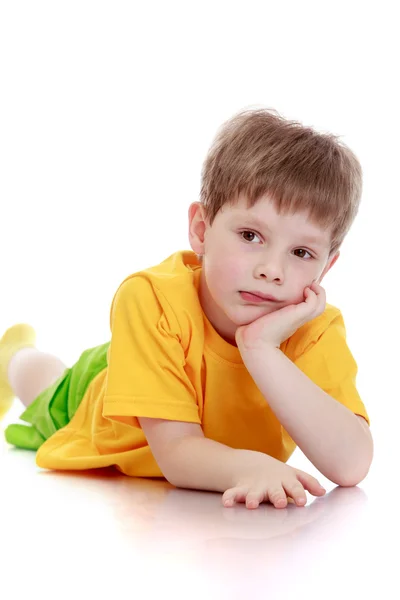Empowering autism with compassion and understanding.
Sensory Issues
Understanding Sensory Challenges in Autism
We are committed to enhancing awareness and support for individuals on the autism spectrum. Sensory issues are a prominent aspect of autism, and understanding them is crucial for providing tailored care and support.
Navigating Hypersensitivity, Hyposensitivity, and Seeking Behaviors
Sensory issues in individuals with autism can manifest in various ways, reflecting their diverse sensory profiles. Hypersensitivity, where individuals react intensely to sensory inputs, can cause distress or discomfort. Hyposensitivity, where individuals have a diminished response to sensory stimuli, can lead to constant need for stimulation, resulting in behaviors like spinning objects or seeking intense sensory experiences. Sensory seeking behaviors are common among individuals with autism, requiring understanding of these complex profiles to tailor support and accommodations that promote well-being and alleviate sensory challenges.

Sensory Diversity In Autism
Diversity in autism sensory issues is a complex and multifaceted aspect of the spectrum. It encompasses a wide range of experiences, from heightened sensitivity to diminished responses to sensory stimuli. Recognizing and respecting this diversity is essential in providing tailored support and accommodations that enhance the quality of life for individuals with autism.
Hypersensitivity
Many individuals with autism have heightened sensitivity to sensory inputs. This can lead to discomfort or even pain in response to everyday stimuli such as bright lights, loud noises, certain textures, or strong smells. Hypersensitivity can contribute to sensory overload, causing anxiety or meltdowns.
Sensory Seeking
Some individuals with autism engage in sensory-seeking behaviors, such as hand-flapping or repetitively touching objects with different textures. These actions provide comfort and help regulate sensory experiences.
Hyposensitivity
Conversely, some individuals with autism may have reduced sensitivity to sensory stimuli. They may seek out intense sensory experiences, like spinning or rocking, to stimulate their senses. Hyposensitivity can affect a person’s awareness of their surroundings and may impact safety.
Routines and Predictability
Many individuals with autism rely on routines and predictability to manage sensory challenges. Changes in routine or unexpected sensory experiences can be distressing for them. The change in the routine at gradual pace will turn helpful.


Navigating the Unique Sensory Profiles of Autism
Individual sensory differences among individuals with autism highlight the subjective nature of sensory experiences. Understanding and respecting these differences is crucial for providing effective support and creating environments that cater to the specific sensory needs and preferences of each individual.

Empowering Individuals with Autism Through Sensory Understanding
Understanding and accommodating these sensory challenges is essential in providing a supportive environment for individuals with autism. By recognizing the unique sensory profiles of those on the spectrum and tailoring interventions and accommodations accordingly, we can enhance their comfort and quality of life. We aim to raise awareness about sensory issues in autism and promote inclusive practices that empower individuals to thrive in a sensory-diverse world.
